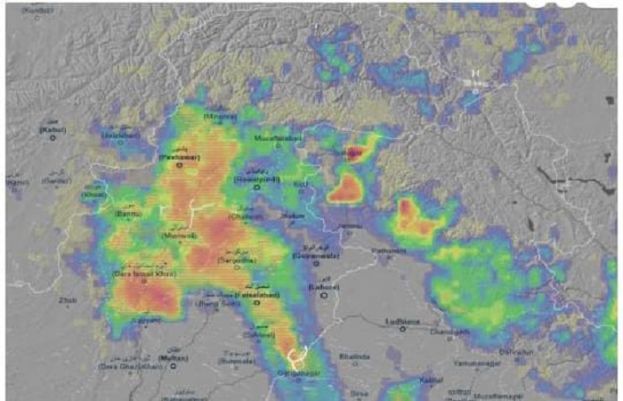The Government of Pakistan’s National Disaster Management Authority (NDMA) has issued a comprehensive impact-based weather and glacial hazard alert for Punjab, Khyber Pakhtunkhwa (KP), and Gilgit-Baltistan (GB) as monsoon activity intensifies across the country. The alert, issued by NDMA’s National Emergencies Operation Center (NEOC), warns of heightened risks of urban flooding, flash floods, landslides, and Glacial Lake Outburst Floods (GLOFs) from now until 3rd August. According to NEOC, weak monsoon currents have begun to affect upper and central parts of Pakistan and are likely to strengthen further under the influence of an incoming westerly wave. Urban flooding is expected in Islamabad and several cities across Punjab, including Rawalpindi, Gujranwala, Lahore, Sialkot, Khushab, and Narowal. The risk is particularly severe in low-lying areas and near local waterways such as Bein, Basanter, and Deg Nullah, where sudden swelling may cause localized inundation. Citizens in these areas are advised to stay alert and avoid unnecessary movement during peak rainfall. Khyber Pakhtunkhwa is also under threat, with forecasts indicating widespread rainfall across districts such as Chitral, Dir, Swat, Kalam, Mansehra, Battagram, Abbottabad, Peshawar, and Dera Ismail Khan. These regions may face flash floods, landslides, and power disruptions due to thunderstorms and strong winds. Reduced visibility from dust and rain is also likely to increase the risk of traffic accidents.Meanwhile, glaciated valleys in GB and KP are under GLOF watch. Continuous heat-induced glacier melting, coupled with predicted heavy rainfall, could trigger dangerous outburst floods in vulnerable areas like Badswat, Hinarchi, Tersat, Hundur, Darkut, Ishkomen, Shisper, Reshun, Brep, Booni, Sardar Gol, and Arkari. The alert warns of sudden flooding, landslides, and damage to roads, bridges, and power infrastructure, potentially cutting off remote communities. NDMA has advised all provincial and district authorities to ensure readiness for emergency response, including the deployment of flood teams, clearance of drainage systems, and arrangements for rescue and evacuation where needed. Tourists and trekkers have been strongly urged to avoid glacial regions and high-altitude zones during this period.The NDMA continues to monitor developments through NEOC and remains in close coordination with provincial disaster management authorities. Citizens are encouraged to follow verified updates through official channels and download the “Pak NDMA Disaster Alert” app for real-time warnings and safety guidelines.
NDMA Issues High Alert for Urban Flooding and Glacial Hazards Across Punjab, KP, and Gilgit-Baltistan

